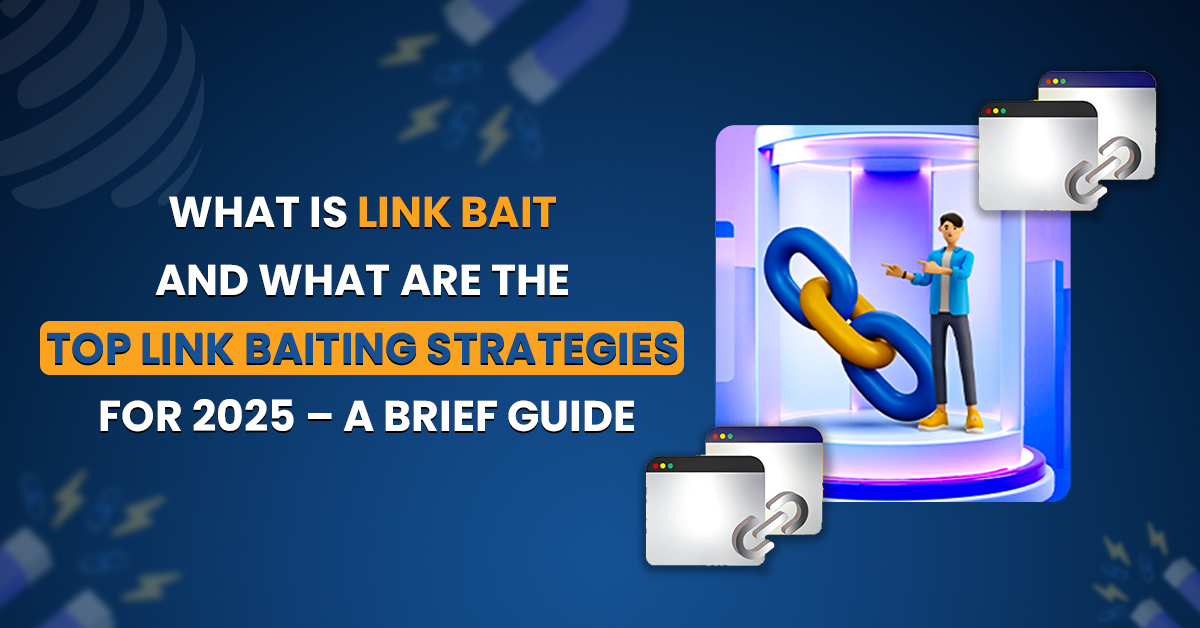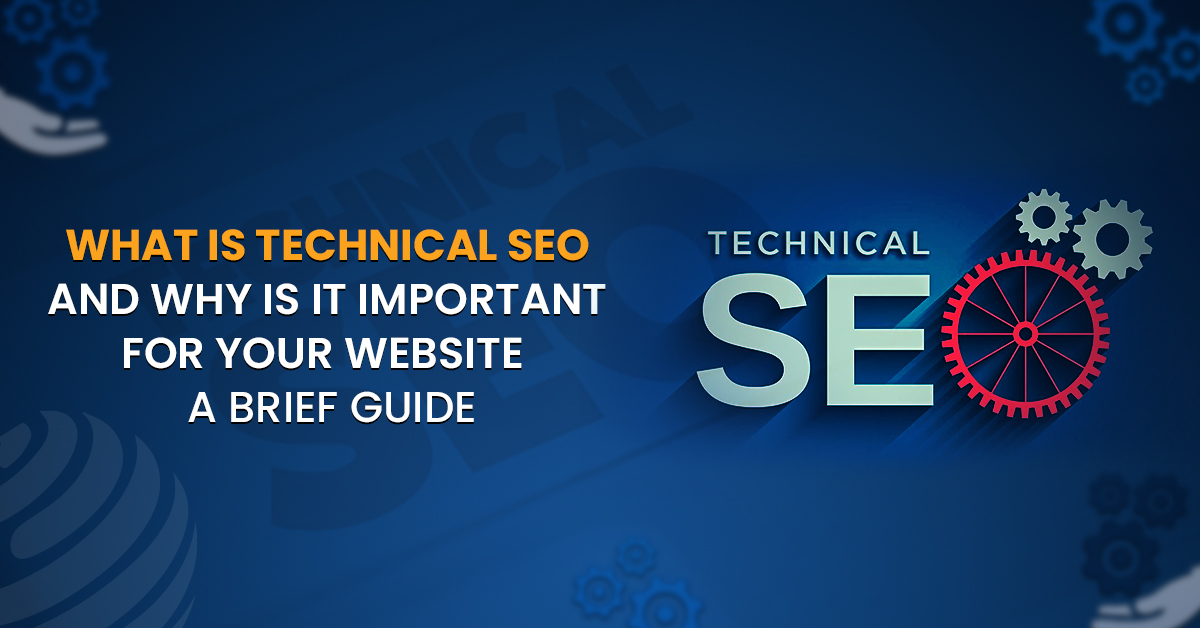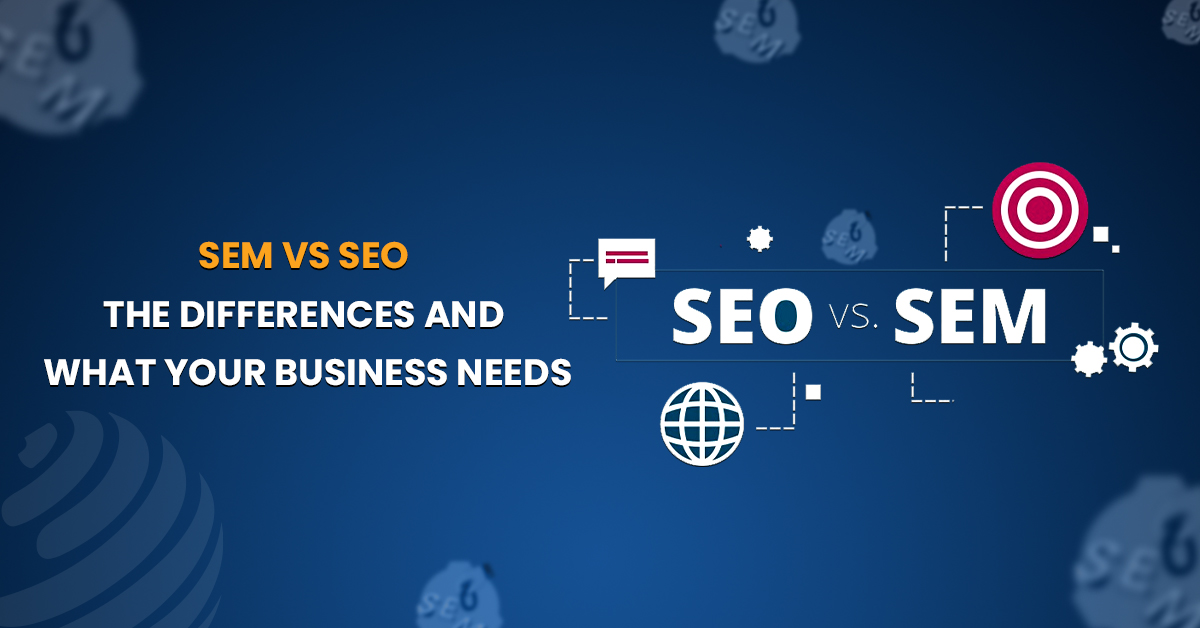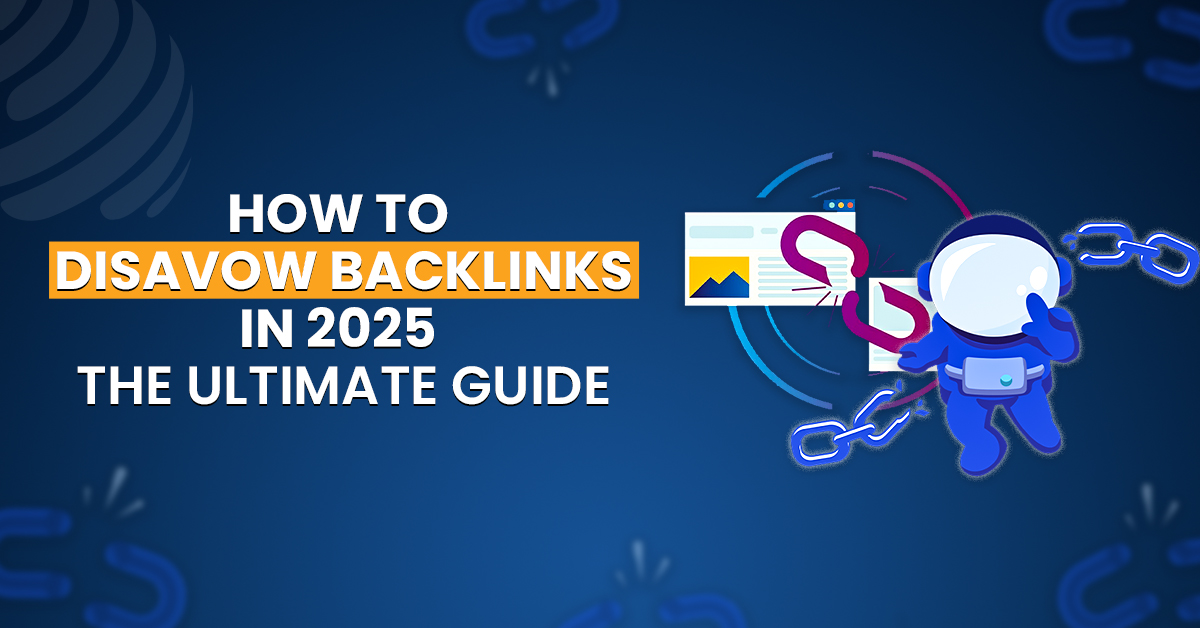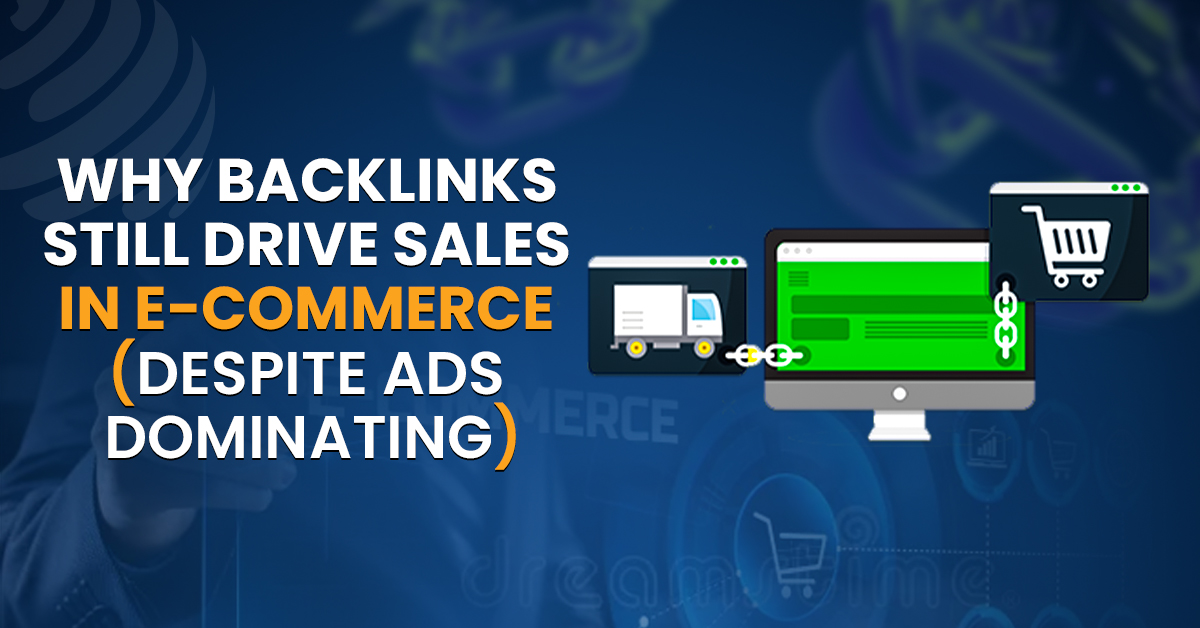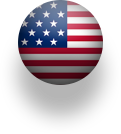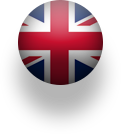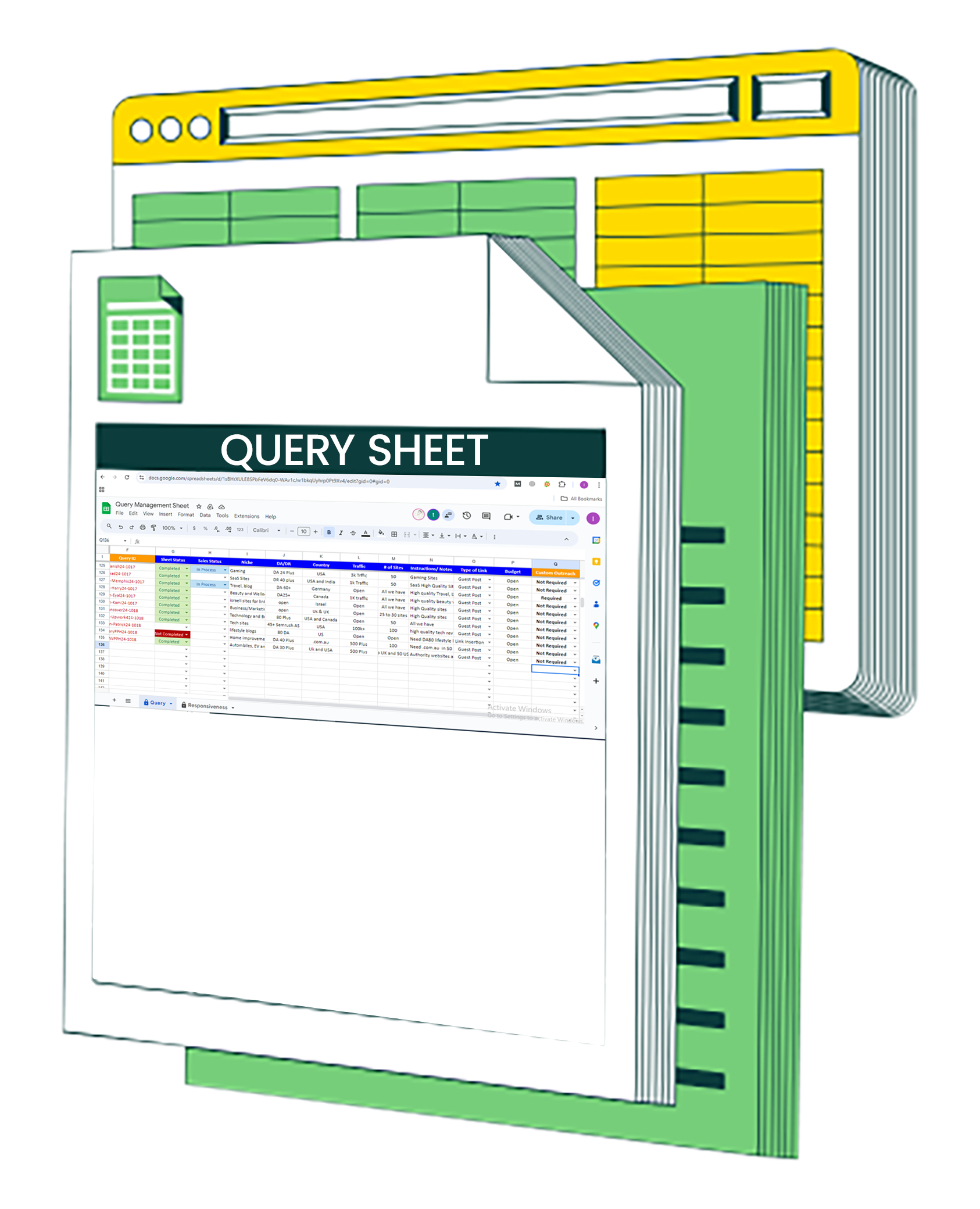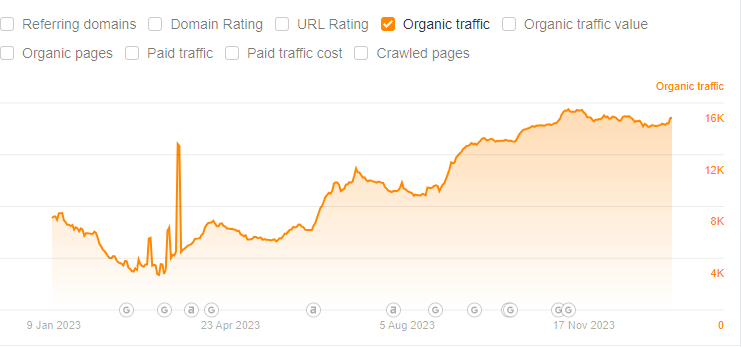The right seo content strategy will enable your business website to rank higher in Google as well as other search engines. You can also attract the right customers to your website and boost revenue. Understanding your audience and the type of content they want to consume is at the core of an effective SEO content strategy. If you get everything right and trust the process, you can get ahead of competitors and outrank them, too.
SEO Content Strategy Equals A Winning Content Plan
A successful seo content strategy depends on a winning content plan. A winning seo content marketing strategy is not a one-time event. SEO and content go together perfectly, which means that it is hard to have one without the other. Think about it: what is the purpose of creating amazing content if no one is even there to see it?
What is SEO Content Strategy?
Before we proceed to the essentials of creating a winning seo content strategy, you might want to know what exactly SEO content is. Well, you already know that SEO is the abbreviation for search engine optimization. SEO also happens to be the most prominent area of digital marketing. SEO is essentially a set of tactics that work together to boost your website’s visibility in search engine rankings. Thus, the goal is to boost website traffic and boost brand awareness.
On the other side, content is anything that you create and publish online for your target audience. Now, if you mesh SEO and content together, you get SEO content. In simple words, content strategy seo is anything and everything that you create to boost searches for your website.
The Goal of SEO Content Strategy
The goal of a good seo content marketing strategy is to increase the amount of traffic you gain from search engines. Typically, blog posts are referred to as SEO content. However, other forms of content, such as infographics, videos, and even whitepapers, can be content for SEO – if the goal is to attract more website visitors through organic search traffic.
Types of SEO Content to Use as Your Content Marketing Efforts
When it comes to the best content strategy in seo, you might want to consider using the following types of content:
Product Pages
Product pages are essential if you have an ecommerce business, as these pages will make it easier for your ideal buyers to find your products in search rankings. These can be both SEO content and landing pages.
Blog Posts
Internet users love blogs as they are a steady stream of content and can easily build authority and organic traffic.
Guides
Apart from blog posts, guides are essentially evergreen content that is quite similar to blog posts – but guides tend to be extra long. Guides, and blog posts are designed to cover a ton of different keywords and search intentions, which can help you establish major authority.
Videos
Videos are the most engaging type of SEO content. Also, it is often easier to rank with a video than text-based content alone. You also have the option of transcribing your videos to boost the effectiveness of your SEO campaigns.
Infographics
Infographics are everyone’s favorite as they contain tons of information that is easy to scan and understand. Infographics make a great part of guides or blog posts as these are difficult to optimize on their own.
Key Aspects of SEO Content Plan
Understandably, there are a variety of content formats that can work for SEO. Before you start working on building the best blogs, here are some other key aspects to keep in mind for effective SEO content creation.
1:Keyword Research
First up, we have keyword research. You must focus on creating quality content with relevant keywords, as this is really the bread and butter of SEO content. You already know that keywords make up every single search that goes through Google or any other search engine of your choice. This aspect indicates the importance of knowing what your audience is searching for.
You should also know the difference between short and long-tail keywords and what these indicate in combination with user intent.
2:Keyword Optimization
It is not enough to know what keywords to use; it comes down to where you use them in your content. For instance, if you want to emerge as an authority in your respective niche, you must come up with a content plan and integrate those keywords into your content. Once you have a full set of topics with keywords and keyword topics to go after, what you want to do is scope every topic, including old and new content.
While you might be overly focused on new and shiny content, you might want to consider the past as well, as, very often, the content updates have the highest impact.
3:Content Promotion
Next up, you have a content promotion. With SEO content strategy, the overall marketing goal is to get your content ranking higher in search engines – but – this aspect doesn’t mean that you should ignore other promotion avenues, too. What this means is that you still need to post links to your content on social media to stay in touch with your audience. You will also need to put plenty of links across the rest of your website.
4:Content Organization
Content organization refers to having a solid website structure, as it is key to ranking well in Google as well as other search engines. A solid website structure helps Google and internet users find your content. So, users will definitely stay on your website longer, which Google and other search engines see as a good sign.
5:Focus on User Intent
User intent is one of the more underrated aspects of seo and content strategy. The thing is that too many marketers might get wrapped up in what search engines want from that content. What they might not think about is why users even search for those keywords in the first place. So, if you want to attract new customers and you want them to keep coming back, you must understand what the user is looking for in your content.
How to Build A SEO Content Strategy with the Best Practices
Now that we have the basics out of the way, we can focus on the thing that you came for, which is seo content tactics. Follow the practices given below for the best results.
1:Define Your Goals
As with anything that you do in your business, you need to establish your goals before you get going. What do you want to obtain with an SEO content strategy? Perhaps you want to increase sales, or you want to generate more revenue. It could also be that you want to work with other brands that might have some traffic requirements before they consider a collaboration.
Whatever your goal is, you need to define it before you even start thinking about the content that you want to create. Make sure that your goals are the following when planning:
- Specific
- Measurable
- Attainable
- Relevant
- Time-Bound
2:Establish Buyer Personas
Once you know the goals that you are aiming for, your next step is to establish buyer personas. In simple words, you need to understand who your target market is and what problems they have that you can address. Once you know who you want to sell your business products or services to, you can start working on your content plan and the topics that will help your audience.
If you struggle with answering this question, you might want to go to places where your target audience hangs out, such as LinkedIn groups, subreddits, and other forums that, more often than not, can help you find the questions that are most frequently asked within a specific community.
Additionally, there is no harm in asking your audience what they want to see.
3:Determine the Content Formats
The next step is to create a list of topics that you want to cover. Also, determine the angle that you want to take with your content. Building pillar pages and topic clusters is a key ranking factor for SEO content marketing. You already know that different content formats have different SEO benefits.
For instance, long-form content, such as blog posts and articles, can help improve your website rankings for more keywords; however, video content might rank way easier for higher-competition keywords. The underlying reason is that videos are essentially more engaging than text content.
While you are at it, you must also keep in mind your target audience and the type of content that your target audience wants to see, read, and consume. After all, it doesn’t matter how good your content is because if your target audience isn’t engaging with your content, then it is a big waste of your money.
4:Leverage An Editorial Calendar
Now that you know who your target audience is, their potential problems, and the type of content that they like to consume – your next step is to create an editorial calendar. You should know that consistency is one of the most important aspects of a good SEO content strategy. It doesn’t matter whether you publish fresh content once a week or once every fortnight – it is good if your audience knows what to expect and when they can expect new content from you.
On that note, you will be doing yourself a great favor by creating a content calendar, as it will be the source of traffic on the days that you publish content. Also, keep in mind that the more you publish content, the better your chances of having some of your content ranking on the first page of Google.
5:Create, Publish, and Distribute SEO Content
The next step is to create, publish, and distribute your SEO content. It doesn’t matter whether you make your own content from scratch or outsource it – we highly recommend that you have a couple of months’ worth of content before you publish something for the first time. Of course, this is serious work, which means that you should be prepared to invest some money before you start seeing results.
The question is whether investing money and making an effort is worth it. The answer is yes. Here is the thing: emergencies can happen, and just because you cannot post something because of an emergency, you will still be able to “show up” consistently.
Nonetheless, once you publish your content, you shouldn’t be afraid of distributing your content. Of course, you will want people to find your content through search engines, as this is essentially the end goal of having a well-sought seo content strategy. With proper distribution, you will let your audience know that your content is there.
Social media, newsletters, and even word-of-mouth are great ways to distribute your content after publishing it.
6:The Cycle of Analyzing and Adjusting
Be patient and keep analyzing and adjusting. It is important to keep in mind that it will take at least three to six months from your SEO strategy to collect enough metrics data to analyze the results of your SEO content campaign. On that note, if you don’t see any major changes in your website traffic or you don’t see the needle moving toward your goals, don’t give up and abandon your SEO content campaign altogether.
Just keep going – regardless of what the data reflects, and you don’t see any visible results yet. The key is to keep your faith and keep readjusting.
Final Thoughts
Now that you know what goes into planning an efficient SEO content strategy but are unsure where or how to start, you can always get professional help and avail yourself of the best services of a reputable digital marketing agency, such as Globex IT Solutions. Our professional SEO experts and content marketers can help you with any part of your strategy, whether that is establishing buyer personas or knowing where to go and what to do when your metrics don’t stack up the way you want them to.
FAQs
What is the goal of an SEO content strategy?
The primary objective of an SEO content strategy is to increase your website’s visibility and boost its rankings. The higher your business site ranks, the more likely your target market will see your brand and click on your website
What is the importance of SEO?
SEO is invaluable for your business website as it helps you get more visibility. Once the website traffic starts to flow in, you can expect potential customers to convert more as they become more familiar with your brand.
How is content important for SEO?
Content is incredibly important for SEO as it satisfies the user’s intent and queries, which is also the baseline of search engine optimization. If your website doesn’t have content that users look for, you won’t have a successful SEO campaign.






